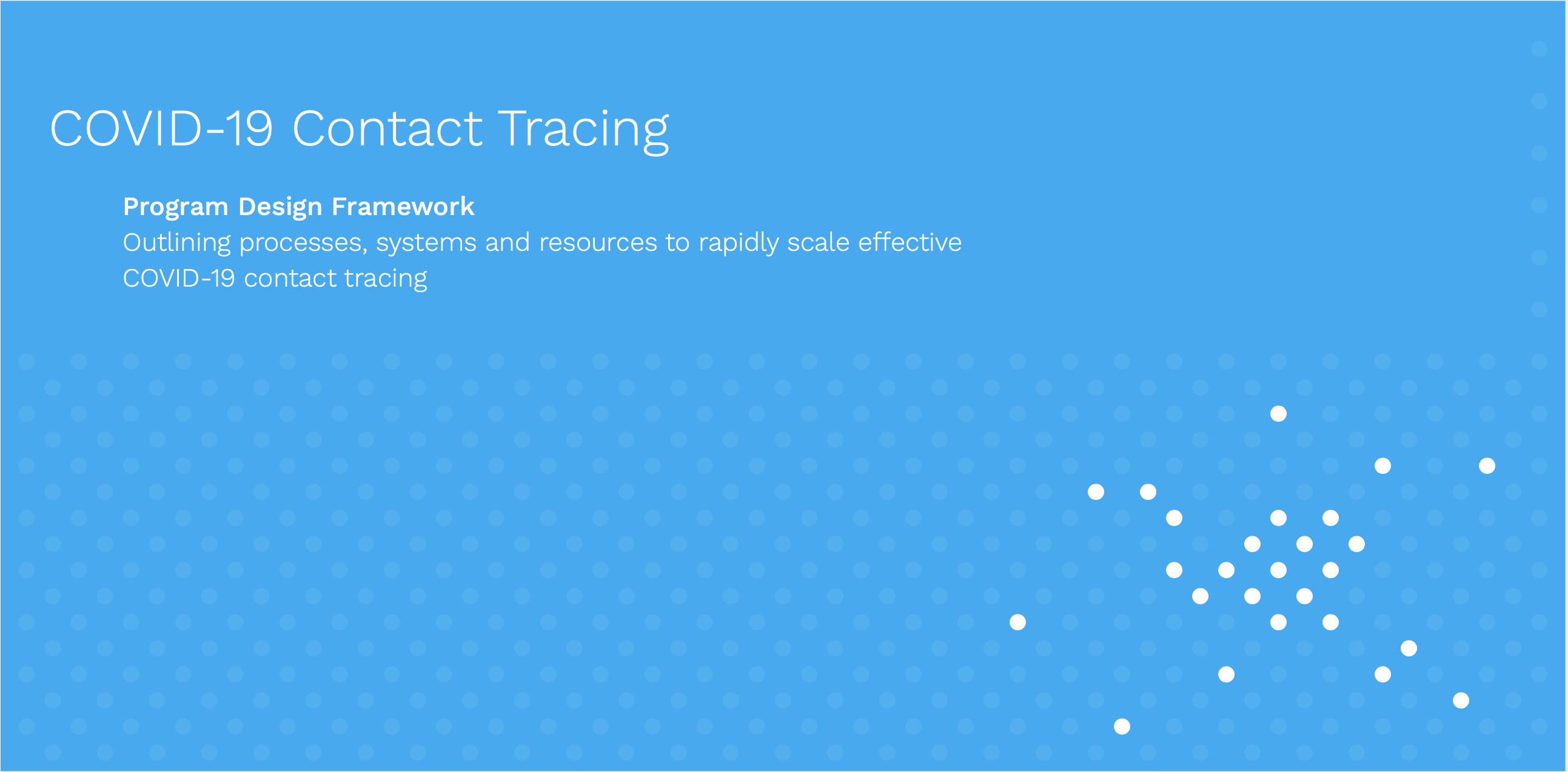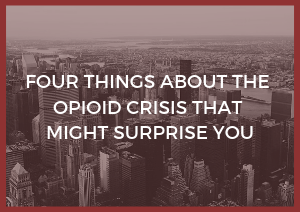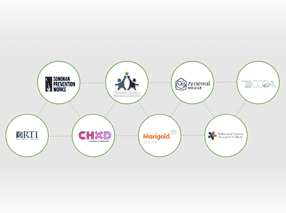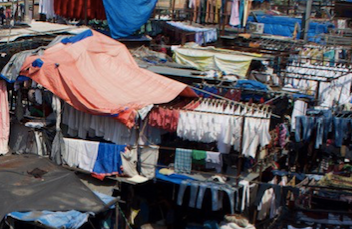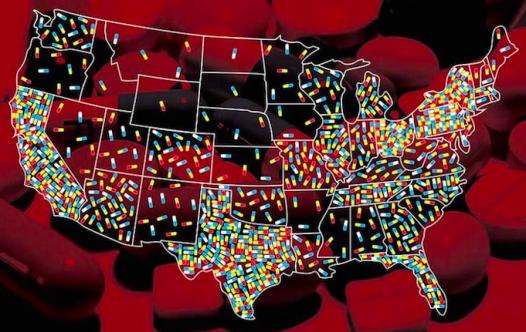Imagine that you’re on your way to work one day when a disaster strikes unexpectedly. You’re scared, you’re confused, you’re unsure what to do. Thoughts are running through your mind “Am I hurt? Should I call 911? Where is my family? Where are my friends? Am I prepared? Do I have access to what I need?”
Then you remember, you have your cell phone with you. Although the signal is low, you know this is a tool that will help you. In this moment, your cell phone is not just an everyday convenience, but a tool that just might be able to save your life.
Many telecommunication companies understand the life saving potential of their services. That’s why many of the mobile operators are improving how they plan and collaborate with response groups and their technology providers, like InSTEDD. In order to support these efforts, The GSMA has started a working group to help identify and replicate proven ways in which operators can realize their life-saving, transformative potential. Spanning more than 220 countries, the GSMA unites nearly 800 of the world’s mobile operators with more than 230 companies in the broader mobile ecosystem.
Regardless of whether you’re in the middle of a crisis or you need support with your everyday health and development projects, we understand the need to have a reliable cell phone network. InSTEDD works with mobile operators to help people better communicate, especially when they need it most. We work with telecommunications providers to help their business practices align with humanitarian efforts.
InSTEDD’s CTO, Eduardo Jezierski, took some time to chat with Kyla Reid. As Head of the Disaster Response Programme, Kyla is responsible for leading the mobile industry in improving resilience and engaging in coordination initiatives that most effectively support citizens and humanitarian organisations on the ground following a crisis.
INTERVIEW
What is your function within the GSMA?
I am the Head of the Disaster Response Programme, which is part of the Development Fund at the GSMA. We work with mobile operators and the broader response and relief community to improve network resilience and coordination between stakeholders so that critical communication is available to those who most need it in emergencies.
InSTEDD and the iLab Latin America have worked with the GSMA on several occasions. Can you please explain what GSMA does and give some examples of your work in Latin America?
The GSMA represents the interests of its members, (almost 800 mobile operators and additional mobile industry players) and works with the industry on issues such as public policy, connected living, spectrum and technical projects. We also have the Development Fund, which works with mobile operators and the development community to deliver sustainable services that enhance the lives of underserved people in emerging markets. We also hold events for the mobile industry, such as Mobile World Congress, Mobile Asia Expo and the Mobile Health and NFC/Mobile Money Summits.
The GSMA has offices in Latin America which focus on regionally specific challenges and opportunities for mobile operators. The LatAm office organises events around pressing issues in the region, like spectrum, the digital divide and roaming, and provides resources and guidelines for mobile operators in that region.
What is the Disaster Response Programme and what does it seek to achieve?
The Disaster Response Programme seeks to understand how mobile operators can most effectively support each other and improve resilience among networks in disaster scenarios, and identify how the mobile industry can best help citizens and humanitarian organisations on the ground following a crisis.
We hope the Disaster Response Programme will lead to an improvement in the efficiency, impact and coordination of mobile operators’ disaster preparedness and response efforts. Mobile networks need to be seen as a core part of basic emergency infrastructure. Preparedness is very important, as is strong partnership development with local emergency relief organisations, humanitarian partners and governments. We hope that through the sharing of experiences, challenges and lessons learned, we can get to a point where mobile operators can identify and adopt best practices and that mobile networks can be relied on for essential communications and connecting people with their loved ones in times of crisis.
We need to ensure that people have a cell signal and that our infrastructure remains strong. This way we would help define best practices and regulations to build more resilient and better-coordinated networks. As a result, in the event of an emergency the response mechanisms will be more agile and operators will be clear on the role they must play and how they can collaborate with the affected users. This would include things like back up power supplies, standby operations for data centers in another location, and ensuring that staff members have the ability to perform a variety of functions.
Having strong mechanisms of coordination, will allow operators to have fluent contact with the community of humanitarian aid agencies, respond more efficiently to the needs of those affected and understand when to take action. We would like to build a standardized list of recommendations so that operators will know how to work with the humanitarian sector and guarantee all the basic services during emergencies. This way, we will rely on a well-prepared industry ready to face these challenges.
During the Haiti earthquake crisis of 2010, InSTEDD played a critical role in the communication among victims, mobile telephone operators, international cooperation organizations and other response agencies. We know these efforts were effective because of the evaluations that took place after the event. As we move forward, it’s important to ensure that in future emergency situations people will be able to communicate easily. How will the GSMA ensure successful results in other crisis scenarios?
We hope that through our working group meetings, case studies, partnership building and convenings, we will be able to create a community of practice where both successes and failures are shared. For example, during the GSMA Disaster Response Programme launch in Barcelona, we got in touch with David Sharpe from Digicel Haiti, who shared his valuable experiences related to what happened after the earthquake and the great variety of humanitarian aid actors involved and the provision of services. According to him, the disaster was mitigated thanks to strong organizational mechanisms. The same thing happened with other operators , such as Telenor and AT&T . This creates an adequate framework where they all feel comfortable discussing their strategies at the time that they share opinions and suggest different initiatives.
Necessity is the mother of invention. We have seen many creative solutions and inventions emerging from situations with a tremendous need. However, one size does not fit all and these solutions must be appropriately evaluated and improved before they are repeated in other scenarios. What role does the GSMA and the regional iLabs play in the discovery, evaluation and integration of these new practices?
It’s important to gather regional mobile operators, organisations like InSTEDD and other local actors so that people who may be in a situation where they need to work together to respond to an emergency know each other, discuss capabilities, capacities, and limitations. Building cooperation and coordinated strategies is essential, and getting the stakeholders around the table to build relationships in advance of an emergency is a priority.
We know that when it comes to responding to a crisis, prevention is always better than a cure. What kind of preventive measures can be taken to prepare populations for an impending disaster?
I believe that in this sense there are two clearly defined aspects: resilience and coordination.
On the one hand, we are working with mobile operators to improve their network resilience, in order to strengthen the network so it can provide essential communication services and support customers and response agencies.
On the other hand, we must improve coordination within and between the industry and regional and international NGOs. We need to look at shared opportunities, and ecosystem strengthening in order to bring these sectors together. There are lots of opportunities for regional partnerships, and also a spectrum of engagement and expertise in the disaster preparedness and response space that we want to bring together.
I have realized that here there are great opportunities to launch an important regional project, but first we must start to meet with the different mobile operators and understand them because they are all in different states of their development. This is why it is crucial to locate and situate on the same level the diverse players of the industry before taking the next step.
We identified a gap between the telecommunications industry and the community of humanitarian aid and we saw an urgent need to develop a system to coordinate efforts and operate more productively.
For more information, please follow the following links:
iLab Latin America – link to Spanish language website and link to Spanish language in depth blog post about this interview
iLab Overview – link to webpage
InSTEDD’s work in Haiti – link to Google Tech Talk
GSMA Disaster Response Programme – program overview

